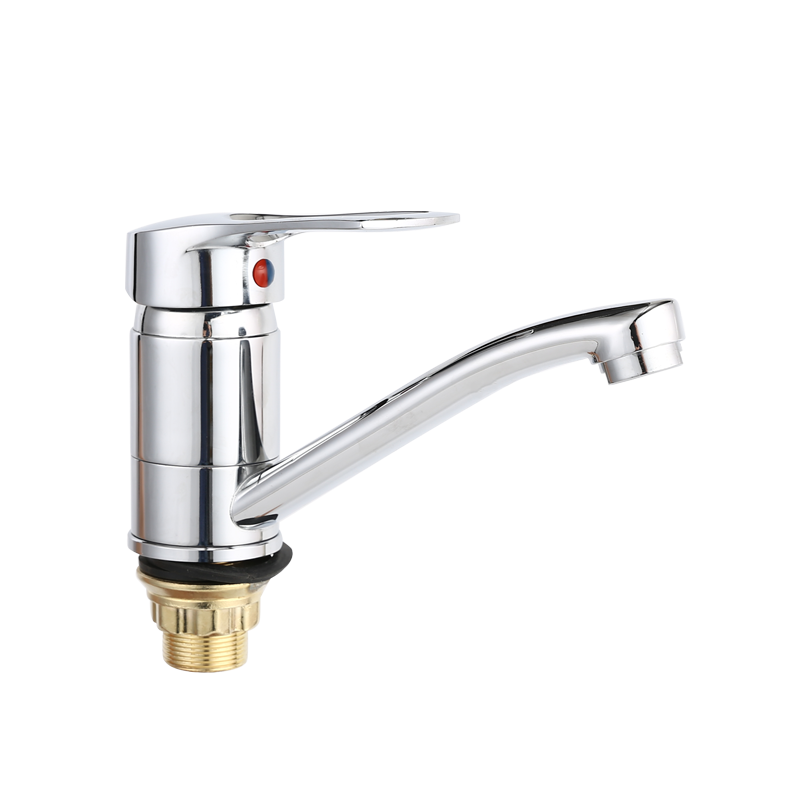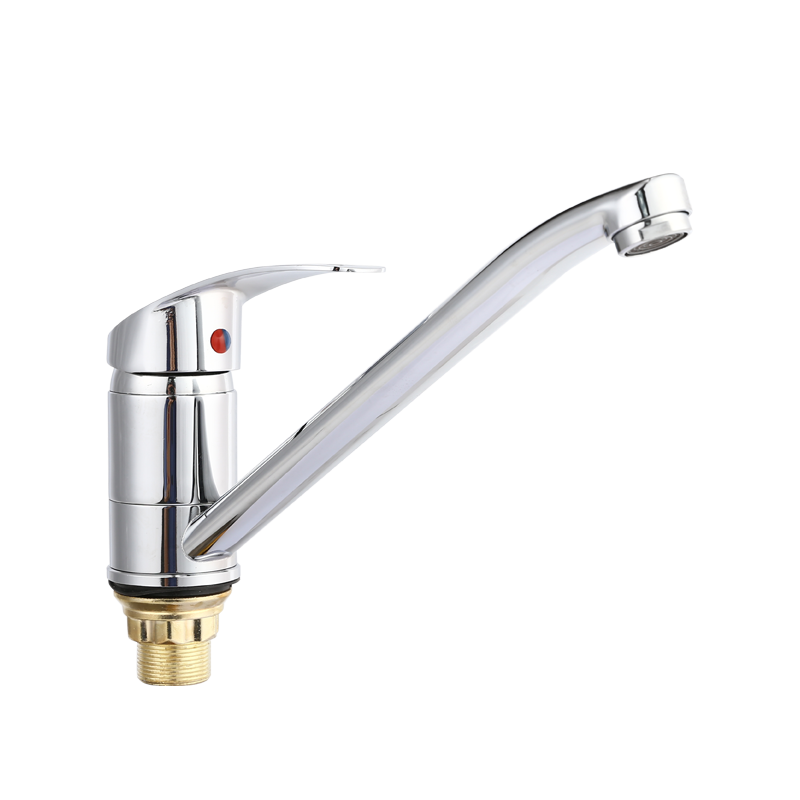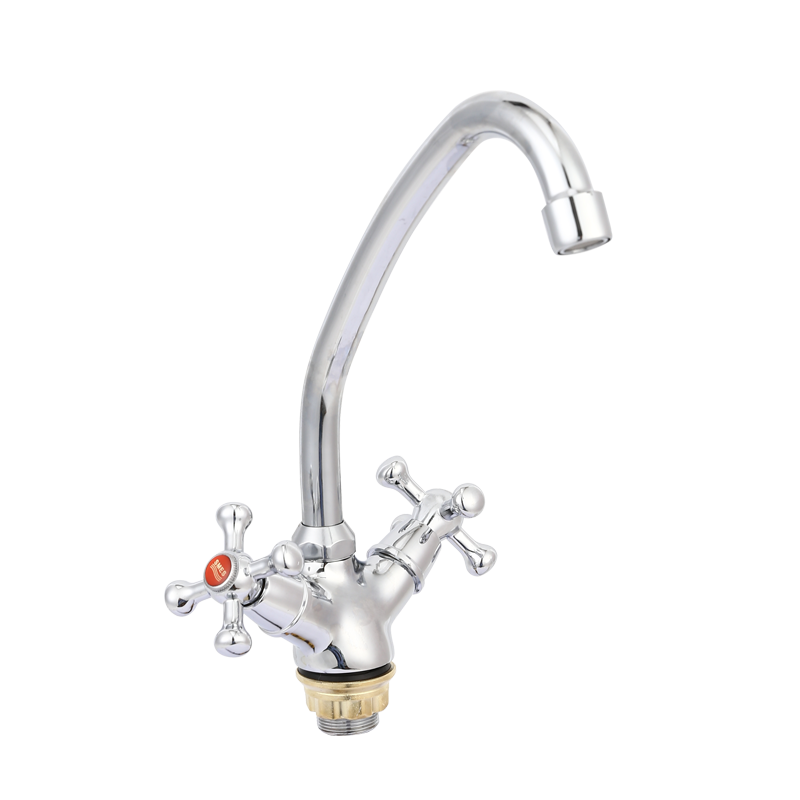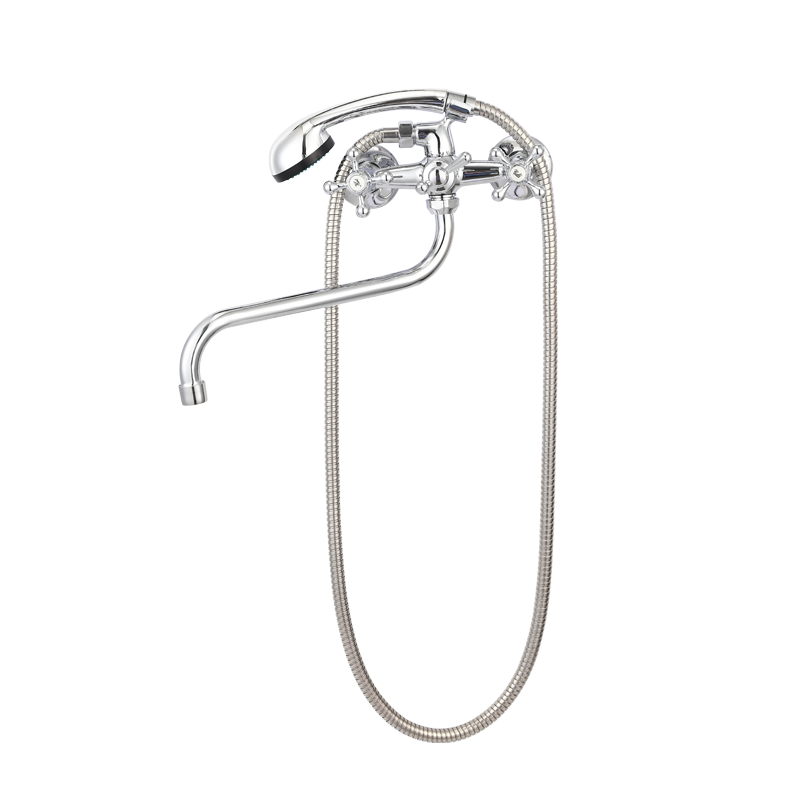Stainless steel floor drains play a crucial role in maintaining cleanliness and safety within various facilities, ranging from commercial kitchens to industrial plants. These drainage systems are designed to efficiently remove excess water, chemicals, and waste, preventing accumulation that could lead to hazardous conditions. Selecting the appropriate stainless steel floor drain for your facility is essential for ensuring better performance and longevity. In this comprehensive guide, we will delve into the key factors to consider when making this important decision.
Material Quality and Durability
When it comes to stainless steel floor drains, quality and durability are paramount. Stainless steel is favored for its resistance to corrosion, heat, and chemicals, making it an ideal choice for demanding environments. However, not all stainless steel grades are created equal. It's crucial to select drains made from high-quality stainless steel, such as 304 or 316 grades, known for their outstanding corrosion resistance and durability. Investing in premium-grade materials upfront can save you from costly replacements and repairs down the line.
Design and Functionality
The design of the floor drain should align with the specific needs and requirements of your facility. Consider factors such as the anticipated flow rate, load capacity, and types of contaminants being drained. Opt for drains with features like adjustable grates, removable baskets, and sediment traps to facilitate easy maintenance and cleaning. Additionally, choose designs that promote efficient water drainage while preventing the ingress of debris and odors, thus maintaining a hygienic environment.
Size and Capacity
Selecting the right size and capacity of the stainless steel floor drain is crucial for effective drainage performance. Assess the volume of water or waste that needs to be drained within a given timeframe, taking into account peak flow periods. Oversized drains can lead to inefficient drainage and increased maintenance requirements, while undersized drains may result in overflow and potential safety hazards. Choose drains with adequate capacity to handle your facility's drainage needs without compromising efficiency or safety.
Installation Requirements
Proper installation is essential for the better functioning of stainless steel floor drains. Consider factors such as floor slope, location, and surrounding infrastructure when planning the installation process. Ensure that the drains are installed at the lower points of the floor to facilitate efficient drainage. Additionally, follow manufacturer guidelines and industry standards to ensure a secure and watertight installation. Proper installation not only enhances performance but also minimizes the risk of leaks and contamination.
Compliance and Certification
In many industries, compliance with regulatory standards and certifications is mandatory. When selecting stainless steel floor drains for your facility, ensure that they meet relevant industry regulations and certifications, such as NSF International standards for food safety or ASME standards for industrial applications. Choosing certified drains demonstrates a commitment to quality, safety, and environmental responsibility, while also mitigating the risk of non-compliance penalties.
Long-Term Maintenance and Support
Effective maintenance is key to prolonging the lifespan and performance of stainless steel floor drains. Choose drains that are designed for easy cleaning and maintenance, with accessible components and minimal crevices where debris can accumulate. Additionally, inquire about warranty coverage and post-installation support services offered by the manufacturer or supplier. Establishing a proactive maintenance plan and leveraging manufacturer support can help prevent issues and ensure uninterrupted drainage operations.
Cost-Effectiveness
While upfront costs are important considerations, it's essential to assess the overall cost-effectiveness of stainless steel floor drains over their lifecycle. Evaluate factors such as durability, maintenance requirements, and energy efficiency to determine the total cost of ownership. Investing in high-quality drains may entail higher initial expenses but can yield long-term savings through reduced maintenance, fewer replacements, and improved operational efficiency.
In conclusion, selecting the right stainless steel floor drain for your facility requires careful consideration of various factors, including material quality, design, size, installation requirements, compliance, maintenance, and cost-effectiveness. By prioritizing quality, functionality, and long-term performance, you can ensure better drainage efficiency, safety, and compliance with regulatory standards. Remember that stainless steel floor drains are not just components of your facility's infrastructure but critical elements in maintaining cleanliness, hygiene, and safety across various industries.

 English
English русский
русский




